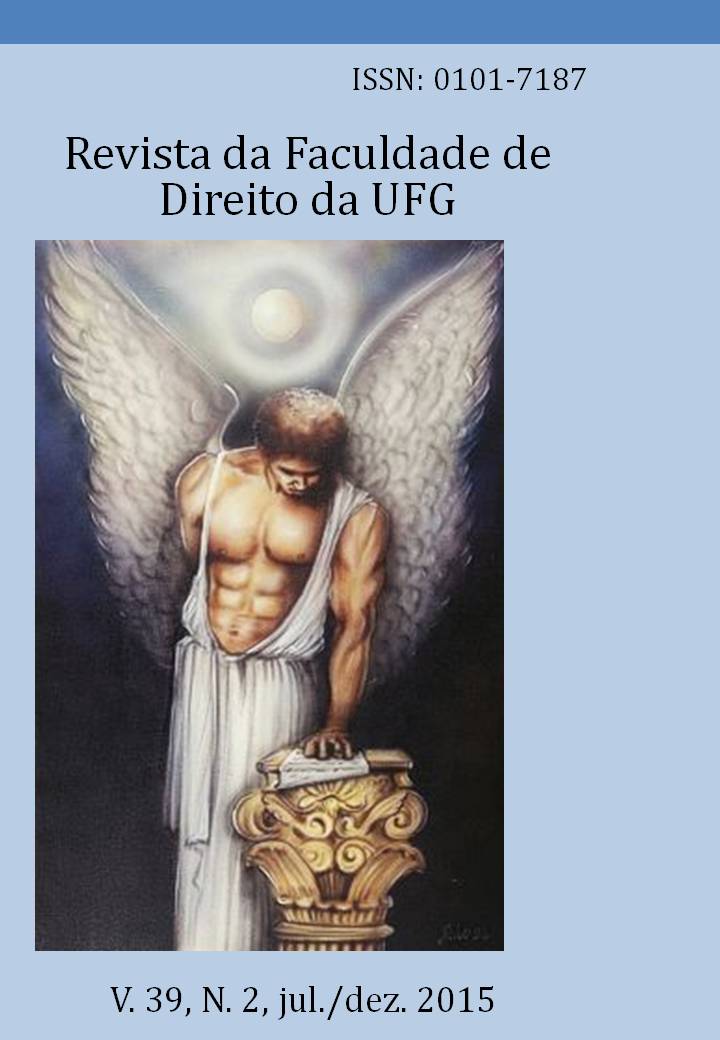PRELÚDIO A HISTÓRIA DO NOTARIADO PÚBLICO EM PERPIGNAN E NO CONDADO DE ROUSSILLON (1184-1340) - DOI: http://dx.doi.org/10.5216/rfd.v39i2.39101
DOI:
https://doi.org/10.5216/rfd.v39i2.39101Palavras-chave:
Notariado Público, Instituição, Prosopografia, Roussillon, PerpignanResumo
RESUMO:
Nos estados cristãos do Ocidente mediterrânico, o notariado apareceu no século XII quando o escrevente da Alta Idade Média se tornara um oficial instituído pela autoridade pública, possuindo a capacidade simbólica, pela invenção do signum, de conferir um caráter autêntico a suas escrituras, preliminares (notas e breves) ou elaboradas (mundum, instrumento). A conservação de livros de ata, propriedade do notário e de seus herdeiros, permitia a preservação do registro completo ou de seu extrato muito tempo após a primeira redação. Em matéria de direito privado, essa inovação, consecutiva à renovação do direito romano, devia substituir vantajosamente o antigo procedimento, complexo, aleatório e limitado a certo tempo, da autenticação pela prova testemunhal. O empreendimento de descrever os primeiros tempos do notariado público no condado de Roussillon não é uma tarefa cômoda, principalmente em razão das carências da documentação, que se mostram, deste ponto de vista, particularmente incapacitantes. Não subsiste, de fato, nos arquivos locais, qualquer texto legislativo ou administrativo se referindo, de algum modo, à regulamentação e às condições de exercício deste ofício antes da metade do século XIII. Para este período inicial, que consiste na data de aparição da instituição notarial, seguindo sua difusão e buscando conhecer as primeiras etapas de sua evolução, a história somente tem o recurso de se apoiar no estudo diplomático dos registros privados. Trata-se, por consequência, de um trabalho particularmente extenso, consistindo em examinar atentamente as fórmulas da autenticação dos documentos da prática, a fim de discernir modificações ou variações significativas, suscetíveis de nos informar sobre as primeiras etapas da organização do ofício público. Foi a partir do reinado de Jaime Ide Aragão que apareceram os primeiros regulamentos visando enquadrar a prática notarial. Iniciava-se, então, um segundo período, cobrindo a segunda metade do século XIII e a primeira metade do século XIV, para o qual dispomos de um corpus de textos normativos que testemunham a natureza das questões ligadas ao controle de um ofício essencial, cujos profissionais, notários e escreventes públicos, tinham por principal função garantir a legalidade das transações econômicas e sociais de uma população eminentemente contratual e de preservar fielmente a memória disso.
ABSTRACT:
In the christian states of the mediterranean West, the notary appeared on the 12th century when the scribe of the High Middle Age has turned into an official set by the public authority, possessing the symbolic capacity, through the invention of signum, to confer an authentic character to your scriptures, preliminaries (notes and briefings) or elaborate ones (mundum, instrument). The conservation of record books, property of the notary and of its inheritors, would allow the preservation of the complete registry or of your extract a long time after the first redaction. When it comes to private law, this inovation, consecutive to the renewal of the roman law, should replace advantageously the old procedure, which was complex, random and limited to a certain time, of the authentication through the w itness test. The enterprise of describing the first moments of the public notary at the county of Roussillon is not a comfortable task, mostly because of the shortage of documentation, which show, from this point of view, particularly crippling.In fact, it doesn't subsist, in the local archives, any legislative or administrative text referring itself, in some way, about the regularization and the exercising conditions of that office before half of the 13th century. For this initial period, which consists on the apparition date of the notary institution, following its difusion and seeking knowledge about the first steps of your evolution, the history only has the resource to support the diplomatic study of the private records. As a consequence, it's about a particularly extense work, consisting on examining closely the authentication formulas of the practice documents, intending to discern modifications or significative variations, susceptible to inform us about the f irst organization steps of the public office. It started with the reign of Jaime Ide Aragão, when the first regulations appeared, seeking to frame the notary practice. Therefore, it was starting a second period, covering the second half of the 13th century and the first half of the 14th century, to which we disposed of a corpus of normative texts which wtiness the nature of questions connected to the control of an essential office, which all of the professionals, notaries and public scribes, had the function to guarantee the legality of the social and economic transactions of a population that is eminently contractual and to preserve accurately all of its memory.
Downloads
Downloads
Publicado
Como Citar
Edição
Seção
Licença
Os Autores que publicam nesta revista concedem à Revista da Faculdade de Direito da UFG uma licença mundial, sem royalties, sujeita aos termos e condições da Licença Jurídica Creative Commons Atribuição 3.0 Brasil Creative Commons Attribution License
Os autores concedem à RFD UFG todos os direitos autorais sobre os artigos nela publicados, que os mantêm com exclusividade até o advento de domínio público sobre os mesmos.
























